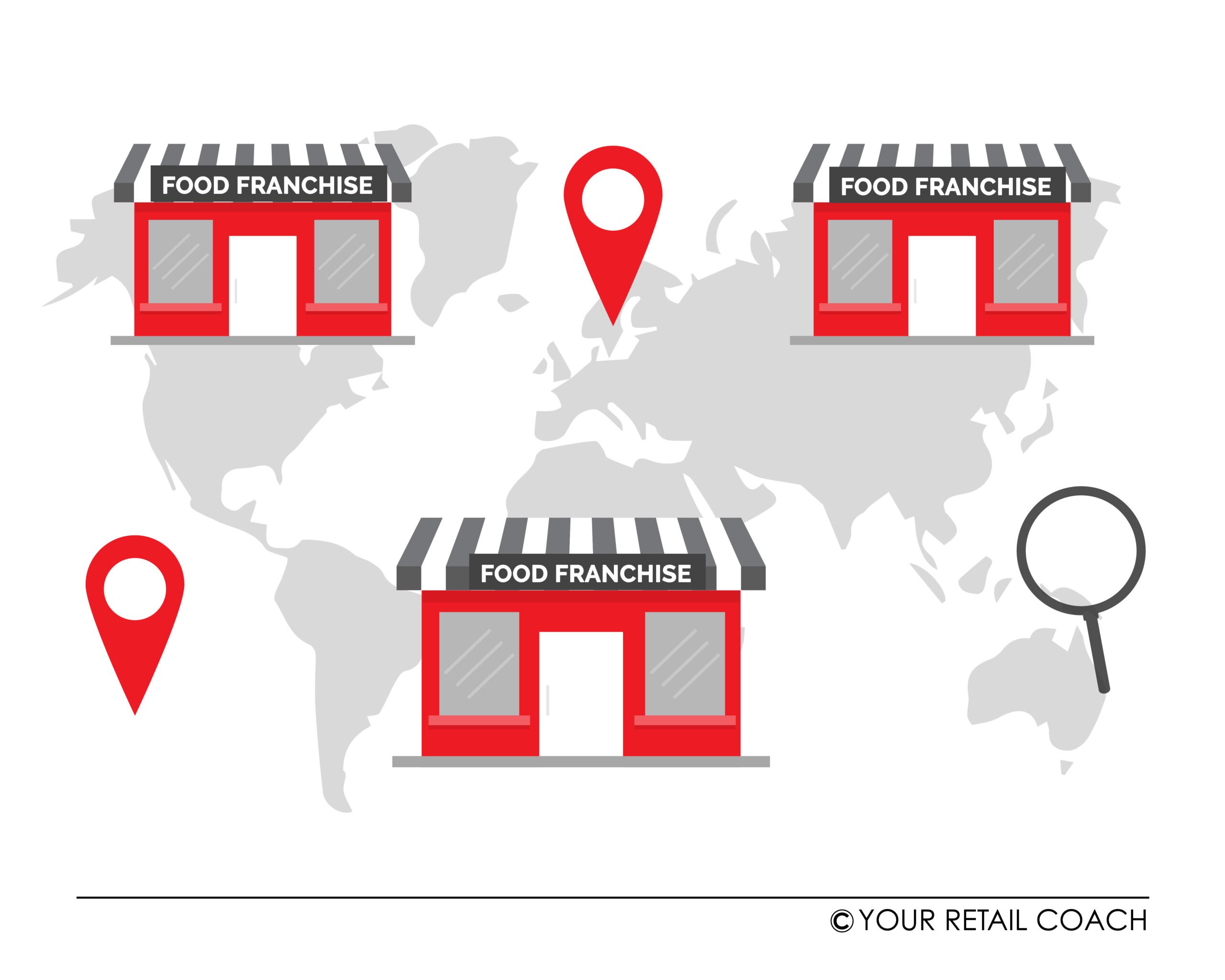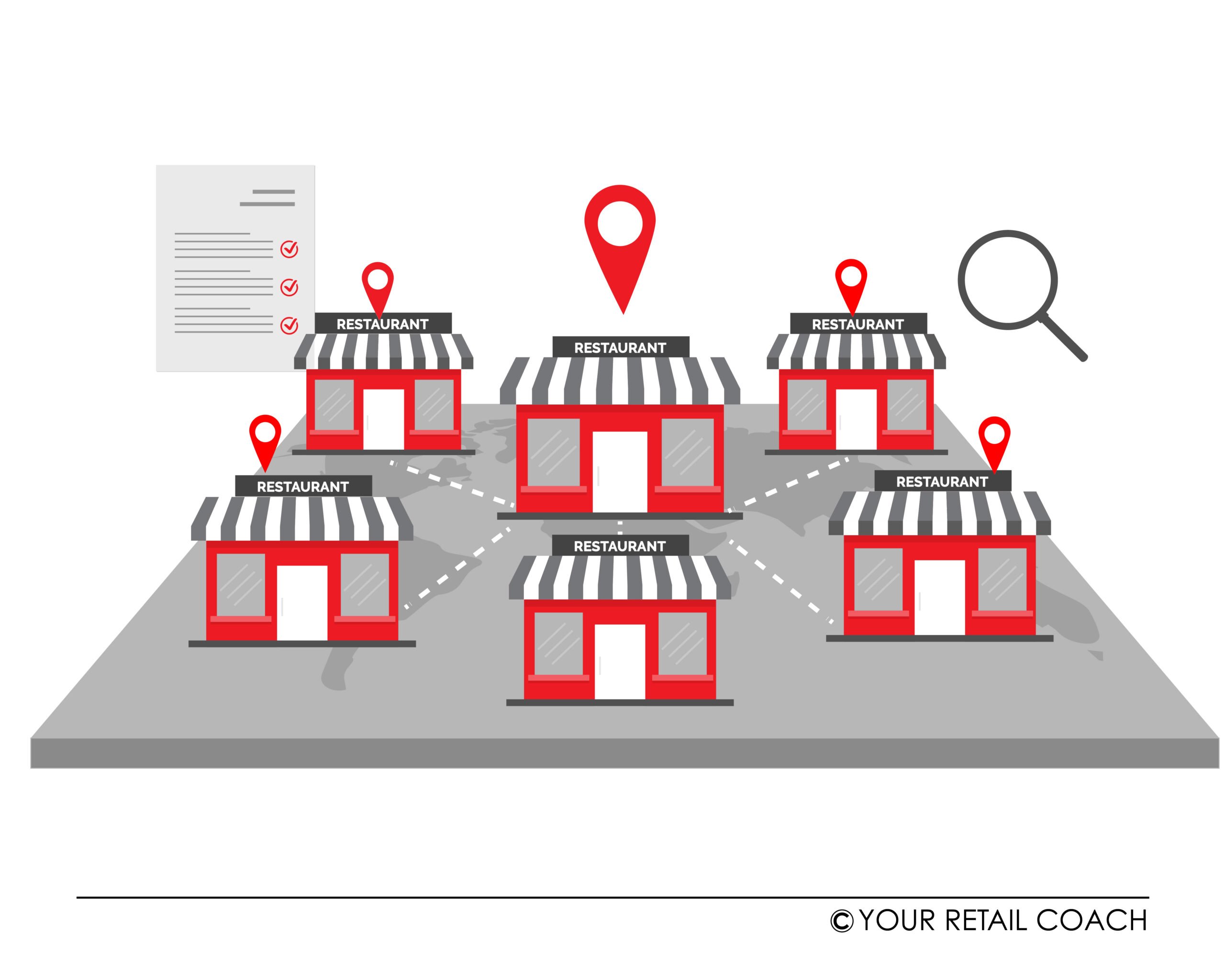Restaurants and QSR Industry
About Restaurants, Food, and Service
What comes to our mind when we say restaurants? Food and service would hit the most. It also makes restaurants a part of both the food industry and the service (hospitality) industry. Restaurants draw features from both. Businesses are affected by changes in either of the two industries. For example, if cooking oil gets expensive, restaurants have to increase their prices. The same phenomenon is observed with services. When retail digital payment started becoming a standard, it became a disadvantage for restaurants to not have the same.
Food and service also constitute the core of any restaurant business. Irrespective of the marketing and retail glitter, restaurants cannot thrive for long in any competitive market without good food and superlative service. Another reason for a greater emphasis on food and service is eCommerce. Food delivery aggregators and cloud kitchens have eliminated the need for restaurants to have a front and in-house services. Businesses can focus on their core and functional activities like food, kitchen, delivery, customer experience, quality control, staffing, SOPs, growth and expansion, finance, etc.
New-age restaurants and QSRs
Discerning, demanding and digital natives, the new-age restaurant patron has higher standards even for quick-service restaurants. Concerns revolve around diet, nutrition, sourcing of ingredients and food sensitivities or allergies. Younger diners are more adept at a sophisticated worldview when it comes to eating out or management of restaurant service issues. So handling the restaurant or QSR outlet in a professional and organized way can help hospitality entrepreneurs to bring a lot to the table. According to a BCG survey, going digital could well be the panacea for the restaurants and QSR industry with concepts like cloud kitchens or delivery-only restaurants. Market leaders like Domino’s note 60% of their sales come from digital channels, according to a BCG research report.
Challenges in the restaurant and QSR industry
Rising costs of inputs
Globally, the prices of raw food materials are rising consistently. We have not been able to maintain our food production targets with the growth rates of the population. This is not something that has happened in the last one or two years but the phenomenon began appearing in the 1980s. The fertility of the soil has decreased over the decades leading to low yields. Every year the problem of shortage of water for irrigation is becoming more acute. With urbanization, there has been a decrease in the number of people employed in agriculture. Since 2020, consumer demand has also significantly increased owing to panic-induced over-stocking. The factor of increasing demand due to the increasing population has always been there. Thus, from both the demand and supply sides, there is a significant amount of stretch on the prices of food materials.
These factors, in one way or the other, have compelled restaurants to increase their menu prices. And when restaurants resort to price hikes, they put themselves at the risk of losing existing customers and attracting new ones.
Difficulties in establishing loyalty
Making a loyal customer base is becoming increasingly difficult for restaurants and QSRs. With changes in lifestyles and consumer behaviour owing to many factors, the trend of eating outside has been on a downward spiral. The pandemic of 2020 further aggravated it. With the option to choose from many restaurants with delivery services, customers are no longer bound by any local limits. Food customers want can be home-delivered, saving them time and effort. The presence of food delivery aggregators makes it more difficult to keep customers attracted. Not only do customers get easy access to a wide number of restaurants and cuisines, but the discount and membership schemes offered by these aggregators leave restaurants with little influence over what they can achieve with their pricing.
Recruitment & Retention
Another big challenge faced by the restaurant businesses is that of recruitment and retention of staff. The first major hurdle is the temporary nature of many jobs in restaurants. Waiters, helpers, and cleaners often tend to change not only jobs but also their industries. Even while recruiting for these posts, most restaurants ignore the relevance of past experience. The next problem is that of poaching. Competitors and new businesses always keep an eye on sourcing staff from other similar restaurants.
Research estimates show that the average employee turnover rate in food services is 155%. Annual turnover among managers is around 61%. Restaurant owners and QSR entrepreneurs need to find and retain top talent as well as invest in technologies like smart kiosks, tablet menus, kitchen equipment’s standardization, third-party delivery solutions and other tools which cannot eliminate but reduce operational errors and dependency on human resources.
For efficient day to day restaurant operations, it is essential to have the right employees at the right place and a good team that works and harnesses collective synergies for giving your restaurant or fast food outlet a competitive advantage.
Postponing automation
Competent business management software has become the norm of the day in the restaurant business. Every business is unique so their software requirements are also unique. But it is important to incorporate automation starting with business management software. In the case of offline restaurants, having the right software can completely eradicate manual calculations and reconciliations pertaining to inventory, cash flow, customers served, items sold, suppliers, etc. In the case of online restaurants, either with their own delivery service or through an aggregator, a unified software solution is critical to managing operations and track performance across channels. Identifying software requirements and choosing a software solution is still a new phenomenon for many small and medium restaurants. Sometimes it is comfortable not to disturb the status quo. However, postponing automation for short term comfort does not augur well for business in the long run.
Missing a clear omnichannel strategy
As digital channels are catching on, restaurants and QSRs are targeting eCommerce models like cloud kitchens or delivery-only restaurants. The need for an omnichannel approach has become incredibly important to keep the business afloat and strive for growth. But many traditional restaurants are still relying heavily on their physical spaces and less on growth via online channels. Indeed, dark kitchens have exponentially mushroomed but their approach is heavily dependent on the food delivery aggregators. They know it and they are ready with their exit strategies. But that is not why you start a business. Often the lack of a clear, future-looking strategy is loudly apparent.
How YRC can help: a glimpse to our restaurant consulting services
As one of the emerging restaurant consulting firms, from opening and launching a restaurant or cloud kitchen to making the transition to a new branch or a franchise model, YRC offers a wide range of restaurant consulting services to businesses of all types and sizes. Considering the diverse nature and needs of the industry, the scope of our restaurant and QSR consulting services extend to include multitude forms of restaurant concepts covering Quick Service Restaurants (QSRs), casual dining restaurants, fine dining restaurants, takeaway fast food outlets, dark kitchens, cloud kitchens, boutique restaurants, café, bistro, bakeries, food trucks, pop-up restaurants, pubs, brewery, bars, etc.
Before embarking on a new business idea or an expansion project, a detailed understanding of the target market is critical. We offer market research services that are aimed at providing a comprehensive market impression with actionable insights and recommendations. These inputs are critical for developing a competitive business model and marketing strategies. Our team of restaurant consultants help businesses identify and define their UVPs (Unique Value Proposition) and the framework of the value chain and internal capabilities. For restaurants that opt to go for an omnichannel business model, we streamline their business processes and operations to deliver a one-enterprise-one-system solution across multiple sales channels. Also, our services include assisting restaurants in building and expanding their business via the franchise route.
To help clients better manage their business finances and foresee the commercial viability of their project and business decisions, we prepare the necessary financial and commercial projections and estimates.
For both dine-in restaurant outlets and cloud kitchens, we understand that a good layout planning is critical for space optimization and achieving operational efficiency. And coming to operations, SOP manuals are the backbone of the operations of a foodservice enterprise. We help restaurants establish the operational standards and routines, achieve process orientation, and define their automation and IT strategy.
We are a boutique retail and eCommerce consulting firm. For more information on our restaurant business consulting services or if you have any queries for our team of QSR restaurant consultants, drop us a message and we shall get back to you.
Let’s Talk!
Related Blogs
How Does the Food Franchise Business Work?
Food Franchise Business Franchises are licenses granted by a franchisor to allow a franchisee access to the franchisor's business knowledge, processes, and trademarks. Due to the fact that franchisors are able to make a maximum profit from every location, they are...
How to Develop a Restaurant Franchise Model?
Restaurant Franchise Model There is no doubt that franchising a restaurant business is a complex process. As with any expansion project, franchising your restaurant business will require time and effort, but as long as you understand the steps to follow, it won't be...
Tesco Dark Stores – Case Study
What are Dark stores? A dark store is a combination of retail and eCommerce, which follows a direct to customer business model. The stores offer excellent customer experience with features like same-day delivery, last-mile delivery or in-store pickups. Besides being...





We work only for Visionaries.